April field notes
These notes are updated cumulatively during the month. They’re a record of what I’ve been up to, rather than what worked/didn’t (expect a long blog post on that at the end of the project!).
After weeks of administration, research and recruitment for my Whose Menopause? project, two of the three groups are now in place and underway. The groups have been specifically chosen to ensure the voices of those who are under-represented in the current menopause narrative are included.
Breightmet update
I’m now over the halfway point of working with my Breightmet Butterflies group who are a self-identifying working class group of cis women. Bolton at Home (my lead partner on the project) introduced me to this existing group which meant we could get started quickly. The Butterflies are ten women who come together every Friday morning to socialise and try out creative activities. The aim of the group is to reduce social isolation and have a positive impact on mental health and wellbeing through conversation and creativity.
As ever with this kind of work, it’s been so important to spend time getting to know everyone. I’ve been blown away by how generous and open everyone has been from the start - sharing stories, making me feel at home, and contributing ideas. What’s been particularly good is that the existing set up puts conversation ahead of creativity.
After the initial three weeks of ‘getting to know you’ conversation and creative exercises, we started chatting about menopause. We looked at the menopause statistics published in the Fawcett Report (especially those related to working class women) and reviewed different menopause photography and language used in the media. We discovered that menopausal symptoms are more severe for working class women:
Typical menopause image used. Credit: https://www.independent.co.uk/news/uk/home-news/uk-menopause-law-rejected-b2268642.html
“Severe symptoms are worse for working class women. Among women in the DE social grade – women in households where the main earner works in a semi-skilled and unskilled manual occupation – many symptoms were more difficult than for those in other groups. Physical symptoms of tiredness and pain affected this group more. 88% said difficulty sleeping or exhaustion were difficult, compared to 82% in the AB group (main earner is in managerial and professional occupation), while 72% compared to 62% in the AB group cited joint pain and stiffness as difficult. Mental health impacts were also larger, with 74% of women in the DE group experiencing difficulties with anxiety or depression compared to 66-67% of those in higher social grade groups.”
The group collectively agreed that they don’t see themselves represented in the imagery used around menopause and they thought we could do a better job. They felt that all the menopause imagery portrayed white, professional, older women in assumed heterosexual couples and were predominantly focused on symptoms like hot flushes (with little presence of severe symptoms such as vaginal dryness). We decided to try and create a more relevant, creative and eye-catching visual narrative about menopause by focusing on specific symptoms of interest to the group: anxiety, sleep deprivation and brain fog. They also wanted to a) show a more positive angle to menopause, having identified that existing imagery tends to focus on negative symptoms and experiences and b) show remedies other than HRT which not everyone wants - or can - take.
Credit (l-r): work by T, N, T, and T, F, T and M..
Since then we’ve been inspired by different types of photography and creative practice. We’ve talked about how abstract concepts or feelings can be portrayed by photographers. We chatted about which approaches might work best to create a strong visual narrative around anxiety and menopause, so we’ve been working on those this month (using altered images, double exposures and light painting). Over the next month we’ll be looking at the above remaining symptoms/themes which the group wanted to focus on.
This project was always intended to be a pilot, but I’m already conscious that ten weeks isn’t going to be long enough to dig deep and explore what we’d like to. I’m also already thinking about legacy with this group, and what the exit plan is.
Individuals in the group are already self reporting positive outcomes including increased knowledge about menopause and increased confidence and self-esteem.
“This has made me feel intelligent and I never feel intelligent!” (Participant)
“I didn’t know anything about menopause before this so I’ll be better prepared.” (Participant)
I’ve got a meeting with contacts at the local GP surgery to scope out potential space to display pieces that the group will select in their final two weeks with me. The aim is still to have the work on display (and hold some kind of celebration event) by World Menopause Day in October.
Bolton LGBTQIA+ update
I’m pleased to finally have this group underway after our recruitment artist ‘drop in’ event. Unfortunately only two people came to the drop in, although I had about five people initially interested. Fortunately I’ve got two other people who’d like to take part but only on a 1-1/online basis (due to anonymity/travel restrictions). I’ve also recruited an amazingly talented and enthusiastic volunteer to help me run this group. I’m really excited about ideas we’ve got to integrate the group with the 1-1 participants, so that they’re not operating in isolation. More on this group in my May update.
Bolton Asian women’s group update
This group is still not underway and I’m not sure if it’s going happen at all (but I’m hoping it does, as my contacts in the community describe how it’s such a taboo subject culturally). I’m intending to make progress through my Bolton at Home contacts who are helping me set this group up. Watch this space.
A reminder that this project is funded by Arts Council England and supported by Bolton at Home, Indigo Gender Service, NHS Bolton CCG and other community partners. Read more about the overall project.





